Below are the ORIGINAL, CORRECT versions of the editing challenges. Compare them to to the corrections you made.
Keep in mind there’s often more than one way to correct the same mistake. Just because your version is not identical to mine does not necessarily mean it is wrong. E-mail me with any doubts or questions – the first three consultations are FREE!
All editing challenges are adapted from https://www.dailytoday.com or https://www.history.com/this-day-in-history (2022-2024).

On This Day: May 1
Surprisingly, one of the most widely documented astronomical events in history occurred six hundred years before telescopes. On May 1, 1006 A.D., stargazers from Switzerland to Japan witnessed the brightest supernova on record. It may even have been depicted in cave art by the natives of Arizona. Fast-forward to this same day in 1930, when Pluto finally got its name. The idea to christen this cold, dark planet after the Roman god of death actually came from an eleven-year-old girl from Oxford, Venetia Burney. Reaching for the stars down here on Earth, construction began this day in 1884 on the first skyscraper, Chicago’s Home Life Insurance Building, and ended on one of the tallest, the Empire State Building, in 1931.
On This Day: May 2
Regardless of religion, there is no denying that the King James Bible, originally published on May 2, 1611, has been one of the most influential books in English literature. Its royally-sanctioned use of common language was a bold choice when most writers still relied on Latin for credibility. You may be surprised at how much action is packed inside, including such legendary beasts as the giant Behemoth and Leviathan sea serpent. Were they ever real? Many have asked the same about the Loch Ness Monster, who first made headlines in local Scottish newspapers this same day in 1933. The famous photo snapped a year later turned out to be a hoax, yet mystery-lovers continue combing the lake to this day.

On This Day: May 3
“The Third of May 1808” painting by Francisco Goya was as revolutionary in style as in subject. It depicts Spanish peasants heroically standing up to a Napoleonic firing squad, recasting war with dark, modern realism. It’s the world gone topsy-turvy, much as ancient Mesopotamian astronomers must have felt on this same day in 1374 B.C. after witnessing history’s first solar eclipse. As the moon can blot out the sun, wind, too, can topple buildings. The fastest wind speed ever – 301 mph – was recorded during a tornado in Oklahoma City on this day as well in 1999. Add all this together for an amazing Bollywood flick. “Raja Harishchandra” also premiered on May 3, 1913, marking the birth of the world’s largest film industry.

On This Day: May 4
Are you ready for some book trivia? The shortest story ever written may be Augusto Monterroso’s “He woke up and the dinosaur was still there,” or Ernest Hemingway’s “For sale: baby shoes, never worn.” Physically-speaking, you can’t beat “Teeny Ted from Turnip Town,” by Malcolm Douglas, reproduced on thirty crystalline silicone pages just 70 x 100 micrometers in dimension. You’d need a scanning electron microscope to read it. Marcel Proust’s “Remembrance of Things Past” is often cited as the longest book, exceeding 9.6 million words. Largest, however, are the Kuthodaw Inscription Shrines in Mandalay, Burma, which opened on May 4, 1868. Each shrine holds one of 729 giant page-like slabs inscribed on both sides with the entirety of Buddhist scripture.
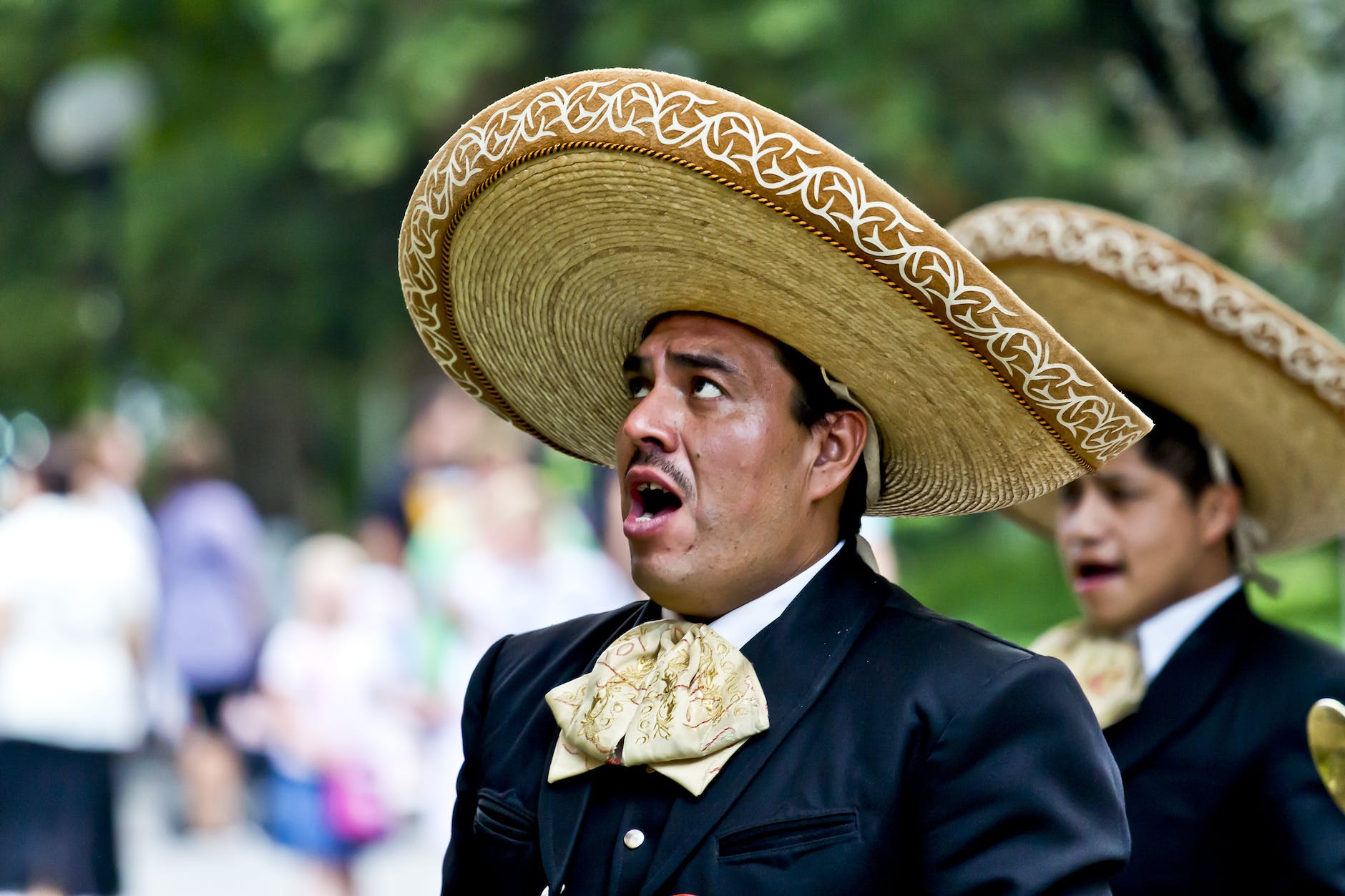
On This Day: May 5
No, May 5th is not Mexican Independence Day (that’s September 16). In fact, most Mexicans don’t celebrate this date at all, so why is Cinco de Mayo so popular in the U.S.? In 1862, (exactly forty-one years after Napoleon’s death) a large force of French soldiers attacked Puebla, Mexico, after the government defaulted on its debts. Against all odds, the poorly equipped and greatly outnumbered defenders won. It wasn’t a major strategic victory, but it did make a huge difference to the United States’ own concurrent civil war. The more troops France sent south, the less they had left to lend to the South. A hundred years later, annual commemoration of this triumph was revived to promote Chicano pride.
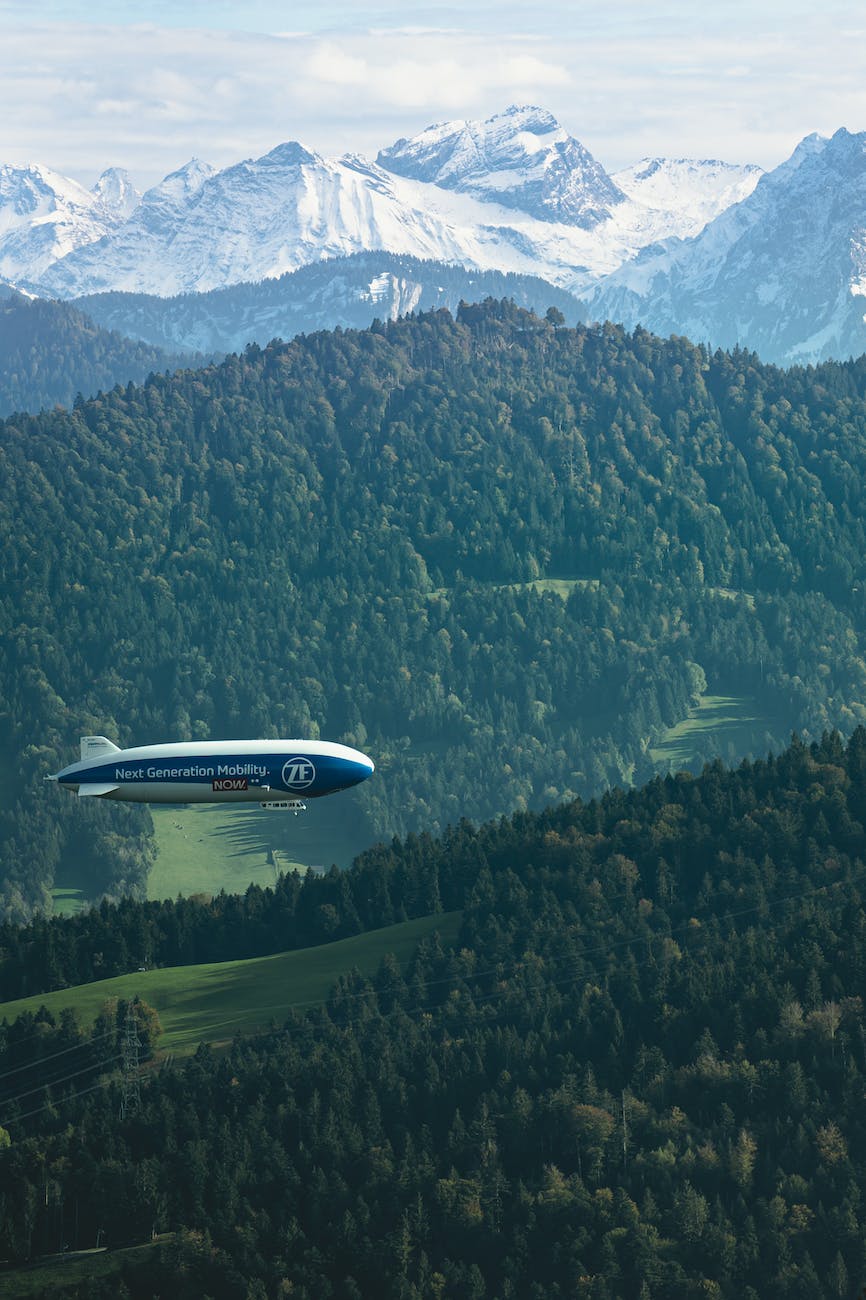
On This Day: May 6
The first successful airship was built in France in 1852 by Henri Giffard and soon became a popular way to travel long distances, despite the dangers of relying on hydrogen gas. The most famous example of this was the Hindenburg, which had just arrived in New Jersey from Germany on May 6, 1937, when a tiny spark ignited a giant fireball. Another balloon-related disaster occurred almost exactly eight years later. On May 5, 1945, a woman and five neighborhood children discovered a Japanese bomb in Gearhart Mountain, Oregon, that had floated into a nearby forest. It exploded as they tampered with the device, killing everyone. They were the only civilians attacked on American soil during World War II.

On This Day: May 7
May commemorates Asian American and Pacific Islander Heritage Month in honor of Nakahama Manjiro, the very first immigrant to arrive on U.S. shores from Japan on May 7, 1843. Five months after shipwrecking on a desert island, fourteen-year-old Manjiro had been rescued and adopted by an American captain. Years later, he returned to Japan, was awarded the title of samurai, and worked the rest of his life as a diplomatic emissary. On the Atlantic side, May 7, 1915, marks the sinking of the “neutral” American ship Lusitania by German submarines. Yes, we were secretly transporting weapons to Britain, but the fact that 128 innocent civilians died still infuriated the public and led us one step closer to World War I.

On This Day: May 8
Danish author Hans Christian Andersen published the first collection of Fairy Tales Told for Children on May 8, 1835, featuring the “The Princess and the Pea.” Other classics of his include “Thumbelina,” “The Little Mermaid,” “The Emperor’s New Clothes,” “The Ugly Duckling,” and many more. If you prefer stories with less morals and more shooting, the first James Bond movie, Dr. No, also premiered this same day in 1963. Even Bond must have been relieved when World War II ended, though. May 8, 1945, is remembered as Victory in Europe (V-E) Day, still celebrated annually by those who never want to forget the eighty-five million people who died during that terrible conflict (about three percent of the world’s population).
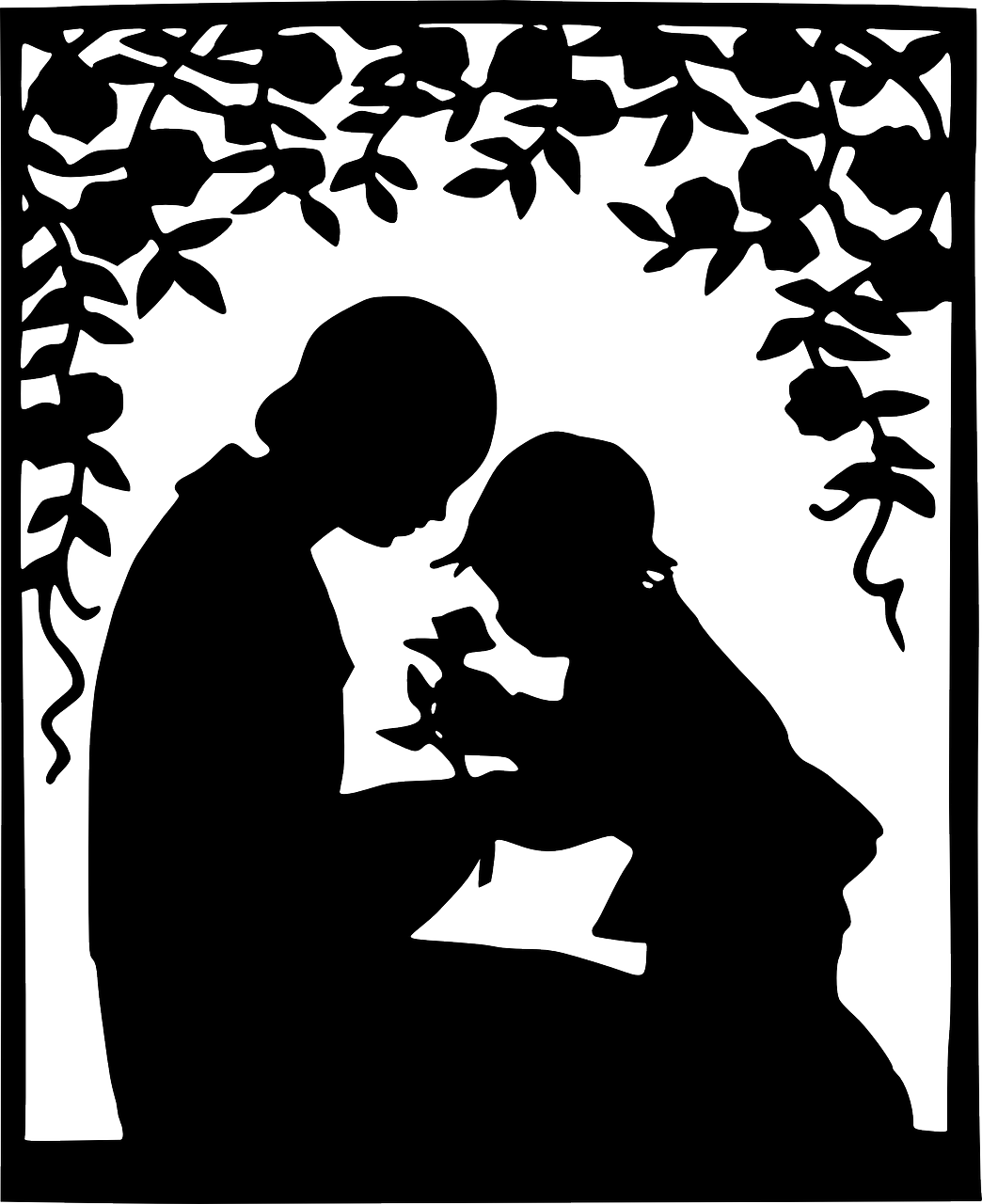
On This Day: May 9
Despite doctors’ insistence that too much thinking left females physically unable to bear children, women like Anna Reeves Jarvis still believed they could be powerful forces within the community. She established “Mothers Day Work Clubs” to aid the poor, sick, and nurse wounded soldiers. After she died on May 9, 1905, her daughter, also Anna Jarvis, dedicated her own life to establishing an official holiday to honor all mothers. President Woodrow Wilson announced the first Mother’s Day in 1914, and most other countries have followed suit since. You don’t have to be a mother to do incredible things, though. This also happens to be the same day, in 1960, that the FDA approved the world’s first commercially produced birth-control pill.

On This Day: May 10
When the Second Continental Congress convened in Philadelphia on May 10, 1775, mere weeks after fighting had erupted at Lexington and the same day that Patriot forces captured Fort Ticonderoga, many still wanted to make amends with King George. Thomas Jefferson wrote the Declaration of Independence to convince Congress as much as anyone else, and war was declared by just one vote! Confederate President Jefferson Davis tried to lead the South to freedom from the North, but he was captured on May 10, 1865, at the end of another war. Four years later, the first transcontinental railroad joined East and West. This is an important day for South Africans, too, when Nelson Mandela became their first Black president in 1994.
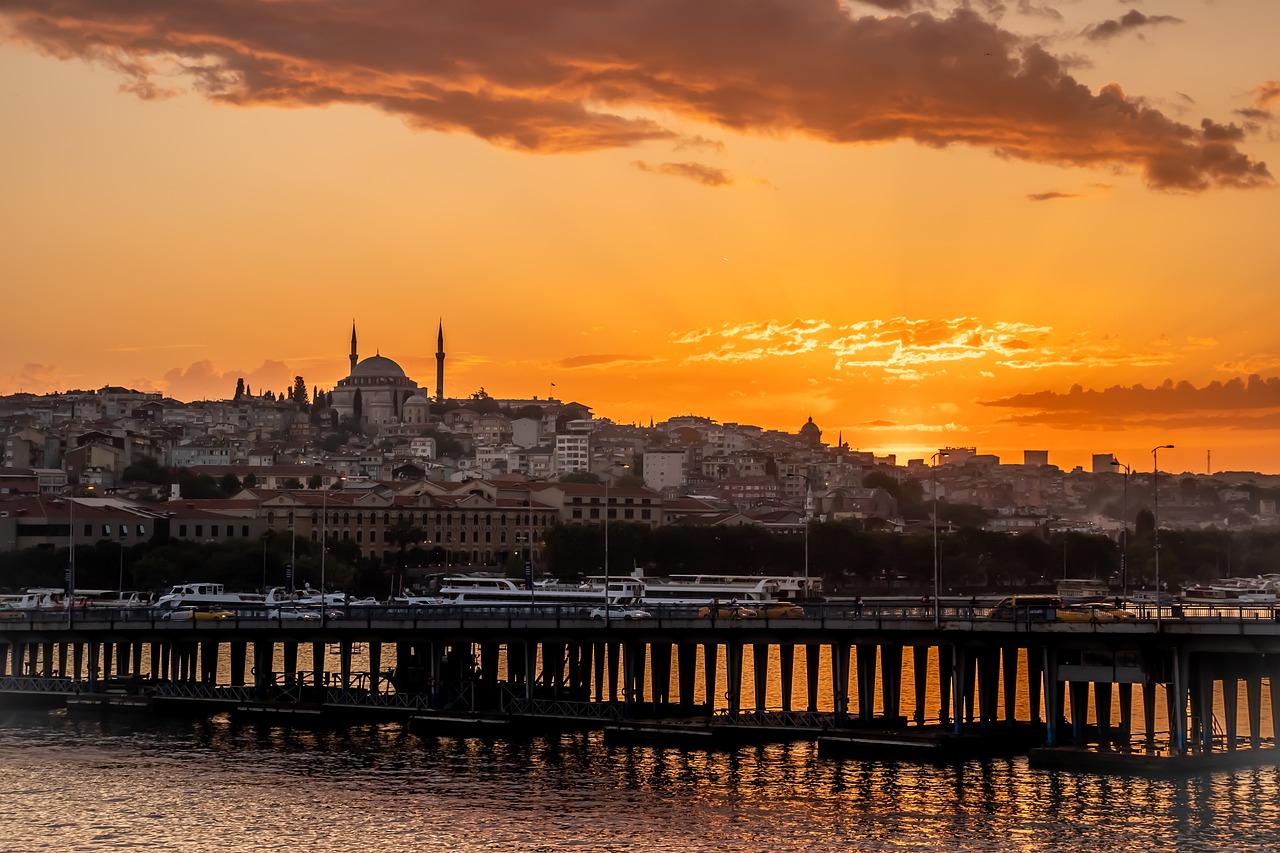
On This Day: May 11
Around 2,700 years ago, a Greek leader named Byzas settled on the western bank of the Bosporus Strait – a smart move considering he now controlled trade between the Black and Mediterranean Seas. This valuable property would continue to be fought over until Roman Emperor Septimius Severus destroyed it in 196 A.C. Byzantium was not so easily forgotten, however, even a hundred years later, so Constantine the Great decided to rebuild it as his new capital. Constantinople – today Istanbul – was dedicated on May 11, 330. The Western Empire fell, yet this city would stand as the true center of Roman power for another thousand years (until the introduction of gunpowder). Did you know it’s the only city divided between two continents?

On This Day: May 12
What is the difference between colleges and universities? In the United States, we tend to throw both terms around more or less synonymously, but to the rest of the world, “college” may mean high school instead of higher education or nothing at all. Liberal arts colleges offering the same four-year undergraduate programs as universities are pretty rare elsewhere. Two-year community colleges are another thing altogether. All this confusion makes it difficult to determine which institution of higher education is really the oldest, but Harvard University, founded in 1636, makes a strong case for the U.S. title. That’s still a lot younger than the National University of San Marcos, however, which opened in Lima, Peru, on May 12, 1551.

On This Day: May 13
May 13 marks the beginnings of not one, but four nations, including our own. It’s on this day in 1607 that a hundred colonists arrived on the east bank of the James River to found the first permanent English settlement in the New World at Jamestown, Virginia. A previous attempt had been made twenty-two years earlier, but everyone from Roanoke mysteriously disappeared. In 1787, eleven ships of criminals set sail from Britain to begin a penal colony at Botany Bay, Australia, and in 1830, Ecuador broke free from Gran Colombia, which itself had just broken free from Spain. Finally, recently liberated India made things official by electing Jawaharlal Nehru as their first Prime Minister on May 13, 1952.
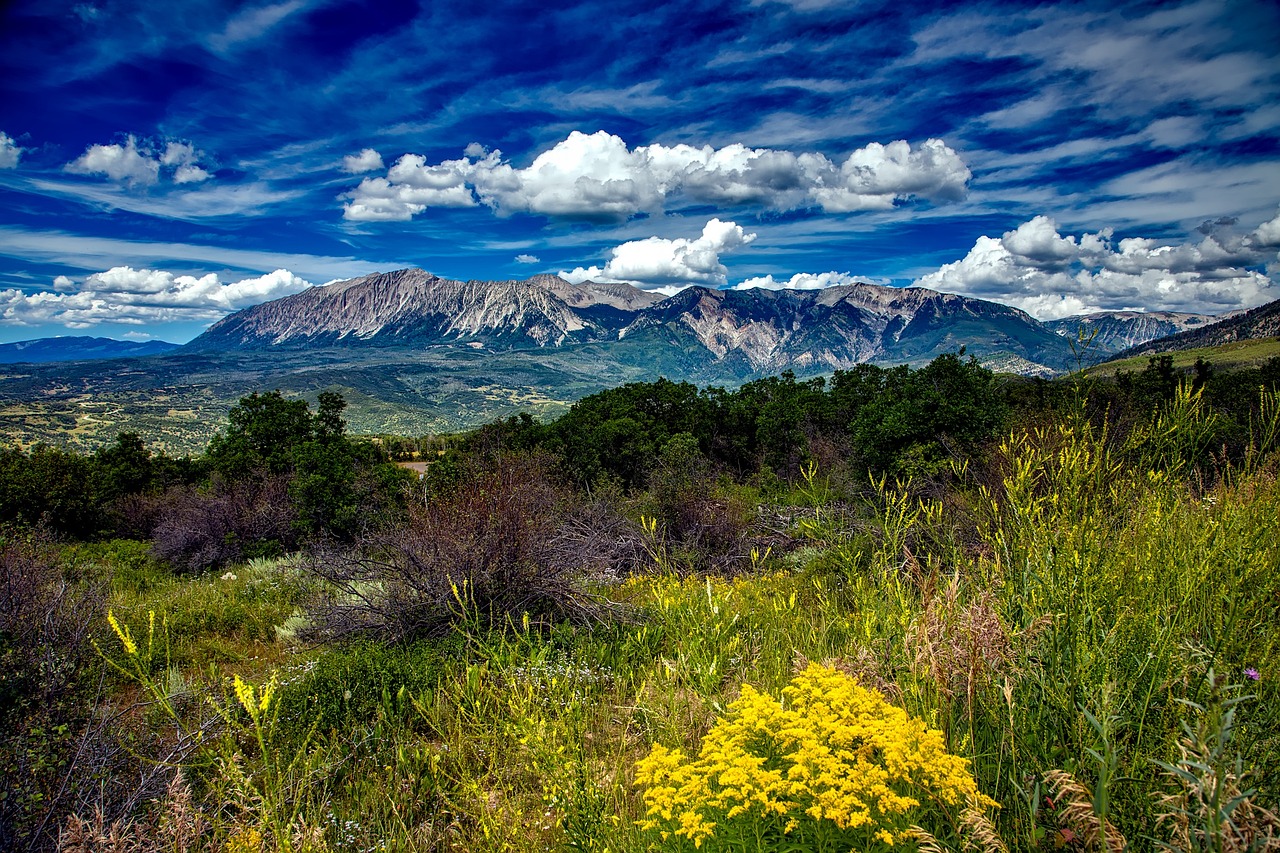
On This Day: May 14
The Louisiana Purchase doubled the United States’ size; now the President needed someone to figure out what exactly he’d just bought. On May 14, 1804, the “Corps of Discovery” set off from St. Louis to map the American interior, headed by Jefferson’s private secretary, Meriwether Lewis, and army captain William Clark. They returned triumphant two and a half years later, in large part thanks to their native guide, Sacagawea, who is honored on a $1 coin. On this same day in 1973, America would launch Skylab, our first space station, to similarly help us map out the stars. Wandering Jews finally found a place to call home on this day, too, in 1948 when Israel was officially proclaimed a state.

On This Day: May 15
Namgyal Wangdi was born on May 15, 1914 (probably), in either Nepal or Tibet. There are no official records because things like that don’t normally matter to poor yak farmers in tiny mountain villages. This boy, however, would do the impossible and ever after be remembered in the history books, albeit by a different name – Tenzing Norgay. It usually comes after New Zealand explorer Edmund Hillary’s, mostly as a side note, yet without his experienced guide, Hillary wouldn’t have made it very high up Mount Everest; certainly never all the way to the top. Together, they summited the tallest mountain in the world on May 29, 1953. Hillary left behind a crucifix and Buddhist Norgay a humble offering of food.

On This Day: May 16
Did you know that Earth’s ozone layer, protecting us from most of the sun’s lethal radiation, is only three millimeters thick? Scientists even discovered holes caused by human pollution near the South Pole on May 16, 1985. The whole world – 197 nations – reacted swiftly to this horrifying news by banning chlorofluorocarbons and other corrosive chemicals with the Montreal Protocol, described by UN Secretary-General Kofi Anan as “perhaps the single most successful international agreement to date.” As a result, those holes are now slowly shrinking, expected to return to normal levels by the end of the century. We can make a difference when everyone works together. Keep that in mind and don’t give up hope as we now face global warming.

On This Day: May 17
The Fourteenth Amendment declared in 1868 that anyone born or naturalized in the United States was a citizen, regardless of color, and it is illegal to deny any citizen their Constitutional rights. However, in 1896, the Supreme Court ruled in Plessy v. Ferguson that “separate but equal” accommodations were a fair compromise to keep ex-slaves (literally) in their place. Unfortunately, “separate” was never “equal.” For example, seven-year-old Linda Brown had had to walk six blocks to take a bus to her run-down black school when there was a superior white one right down the road. Her case, Brown v. Board of Education, ended this nonsense, ruling unanimously on May 17, 1954, once and for all, that racial segregation is illegal.

On This Day: May 18
In fourteen hundred ninety-two, Columbus sailed the ocean blue and ended up confused – it’s true – between Cuba and Japan. Equally incompetent and cruel, Christopher Columbus was stripped of all titles before his death on May 20, 1506. Regardless, why doesn’t the New World bear his name? That honor went instead to Amerigo Vespucci for the same reason Columbus made his discovery in the first place: dumb luck. When Vespucci first set sail for the Americas on May 18, 1499, he was nobody special – just another merchant-turned-explorer. He wrote extensively about his experiences afterwards, voicing doubt that Brazil really was part of Asia, and German scholar Martin Waldseemüller mistakenly credited him as the original discoverer. Once his name was printed on the maps (a year after Columbus’ passing), it just stuck.

On This Day: May 19
On the morning of May 19, 1780, the sky suddenly turned yellow in New England and darkness fell. By noon, it was as dark as midnight. Panic set in. Was it the end of the world? This mystery puzzled scientists for hundreds of years. What had caused the Dark Day? Solar eclipses only last for minutes and there’d been no recent volcanic eruptions or meteorite sightings. Evidence does exist for major forest fires throughout Canada, however. A similar incident occurred in 1950, triggered by wildfires three thousands miles away. Most had probably assumed initially that it was some sort of Soviet attack. Fortunately, on this same date in 1967, the USSR signed an international agreement banning nuclear weapons from space.
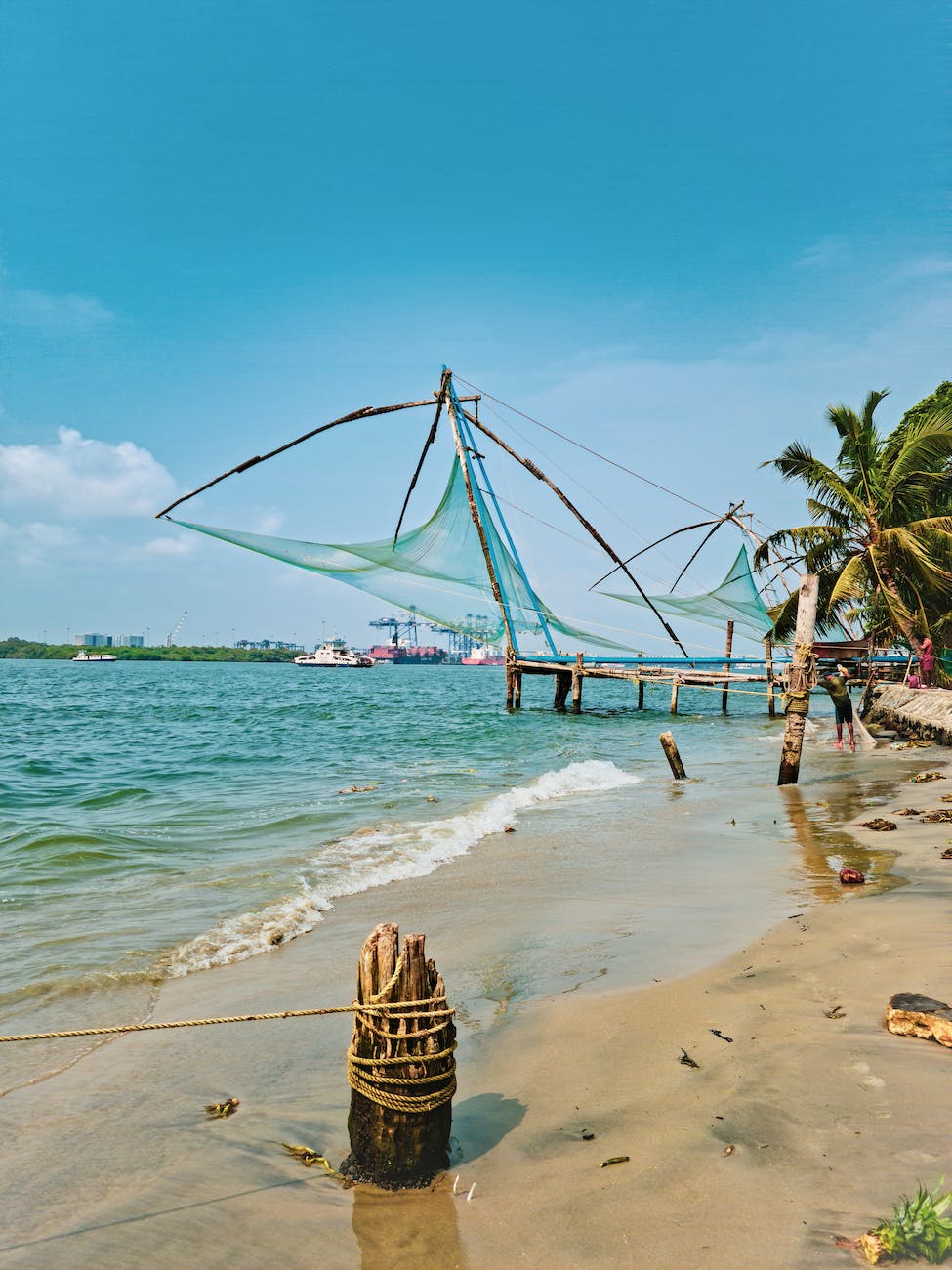
On This Day: May 20
Christopher Columbus passed away on May 20, 1506, but there were plenty of other explorers to take his place. Vasco da Gama, for one, had already rounded the tip of Africa and arrived in India this same day, eight years prior. The locals, unimpressed by his feat, attacked. Charles Lindbergh’s biggest enemy was exhaustion as he piloted the Spirit of St. Louis for thirty-three hours nonstop from New York to Paris this day in 1927. The plane didn’t even have windows to see where he was going. Finally, this was also the day in 1862 that President Lincoln signed the Homestead Act, opening the West for an entire generation of pioneers by giving millions of acres away, practically for free.

On This Day: May 21
American pilot Charles Lindbergh completed the first solo, nonstop transatlantic flight from New York to Paris on May 21, 1927. Exactly five years later, Amelia Earhart became the first woman to do the same (from Newfoundland to Scotland). He covered 3,600 miles in thirty-three hours; she did 2,000 in under fifteen. Fame would cost them both dearly: Lindbergh’s 20-month-old son was kidnapped and murdered and Earhart notoriously disappeared while trying to circumnavigate the globe. Fellow explorer Hernando de Soto also perished in the wilderness on this same day in 1542 after claiming Florida for Spain and exploring much of Georgia, South Carolina, Alabama, and Louisiana. His body was buried in the Mississippi so natives couldn’t disprove his claims of divinity.
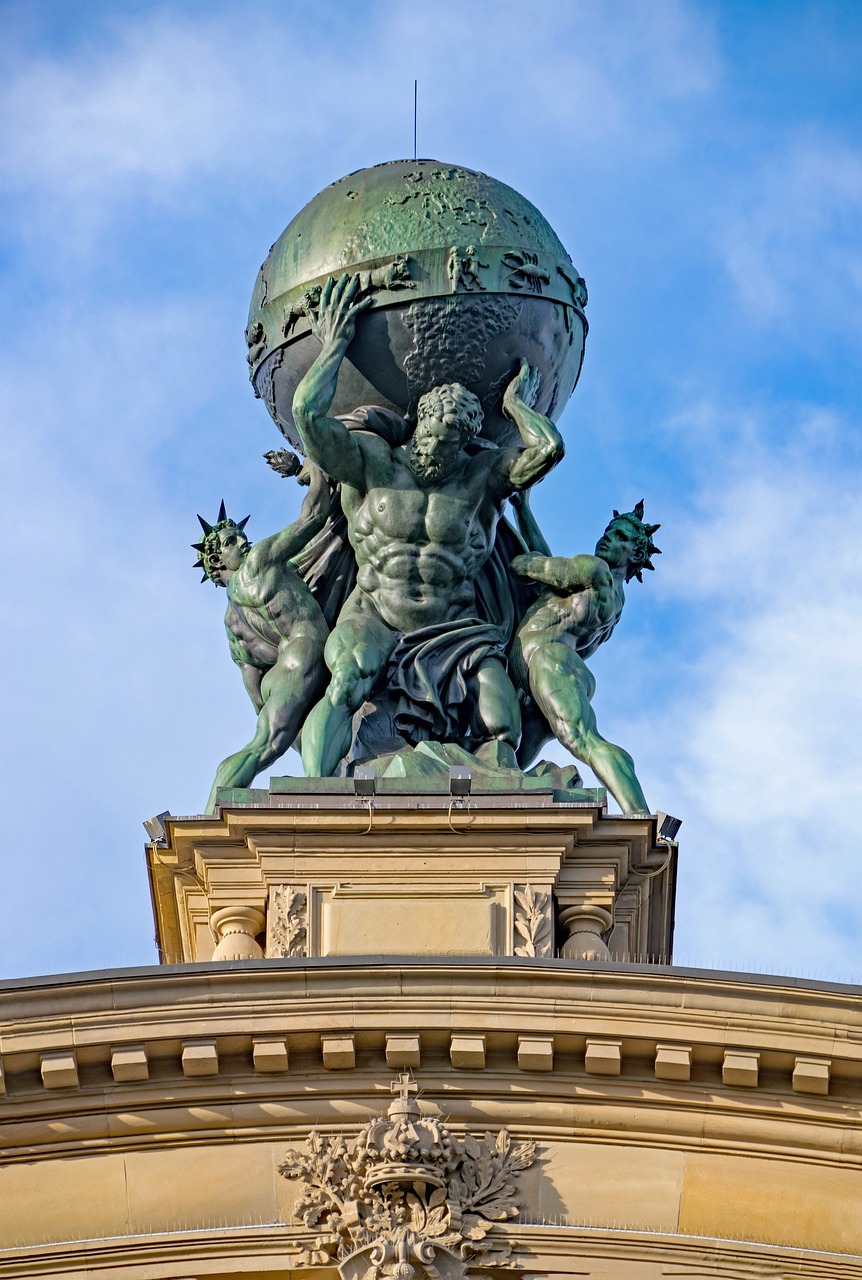
On This Day: May 22
Atlas of Greek mythology had a very difficult charge, holding up the heavens for all eternity, but have you ever considered how challenging it was for early cartographers to design accurate maps without planes, satellites, or godlike superpowers? The first modern atlas (a book of maps) didn’t come out until May 22, 1570. Did you know that George Washington’s first job was surveying for maps? Another fun fact: Abraham Lincoln is the only U.S. President to hold a patent, granted this same day in 1849 for a device that lifted boats over shoals. That’s pioneer ingenuity for you, also demonstrated by the thousands of settlers who headed West over the Oregon Trail beginning this day as well, six years earlier.

On This Day: May 23
Army Sergeant William Harvey Carney became the first African American to receive the Medal of Honor on May 23, 1900, for his Civil War service. Born a slave, Carney was lucky to escape to Massachusetts. During his first battle in 1863, he rescued the flag when its bearer fell, suffering many injuries himself. His selfless sacrifice inspired his comrades to victory. When honor is pursued selfishly, however, it can lead to disaster. May 23, 1958, also marks the beginning of China’s “Great Leap Forward” into communism, starting with the farmers. Mao’s first mistake was issuing unrealistic quotas, but officials competing amongst themselves to over-fulfil these demands left workers with no food. Tens of millions starved in history’s deadliest famine ever.
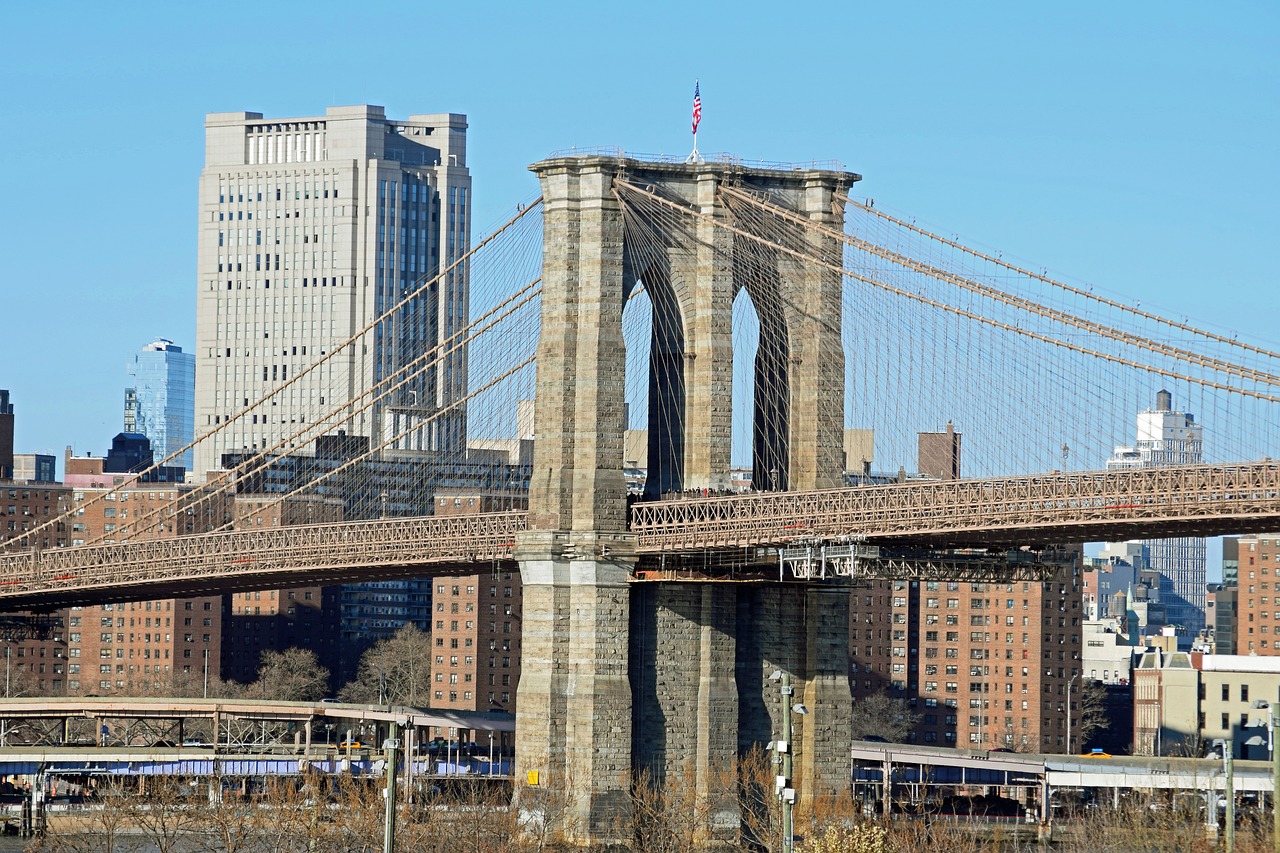
On This Day: May 24
If anyone offers to sell you the Brooklyn Bridge, don’t buy it. It opened on May 24, 1883, as the largest suspension bridge in the world (1,595 feet long), but that honor today goes to the 1915 Çanakkale Bridge in Turkey (6,637 feet), recently completed in 2022. This was also the same day in 1844 that Samuel Morse first demonstrated his telegraph, dispatching the dramatic message “What Hath God Wrought?” from Washington, D.C., to Baltimore. Morse had already made his name as a famous painter, but one day received news by horse messenger that his wife was sick. He rushed home to find her not only dead, but already buried. His new, instant means of communication would change the world.

On This Day: May 25
The U.S. Constitutional Convention opened on May 25, 1787, tasked with fixing the Articles of Confederation, the document defining our short-lived original government. Throwing the whole thing out and starting from scratch, they instead crafted our current Constitution, the “Law of the Land” and second-oldest government in the world today. This was also a great day in sports history. At the 1935 Big Ten Championship in Ann Arbor, Michigan, African-American track and field athlete Jessie Owens matched or broke four world records in forty-five minutes (despite nearly having been pulled from the competition for an injury). A few hours later, baseball star Babe Ruth hit the final, 714th homerun of his career, another record which stood for almost forty years.
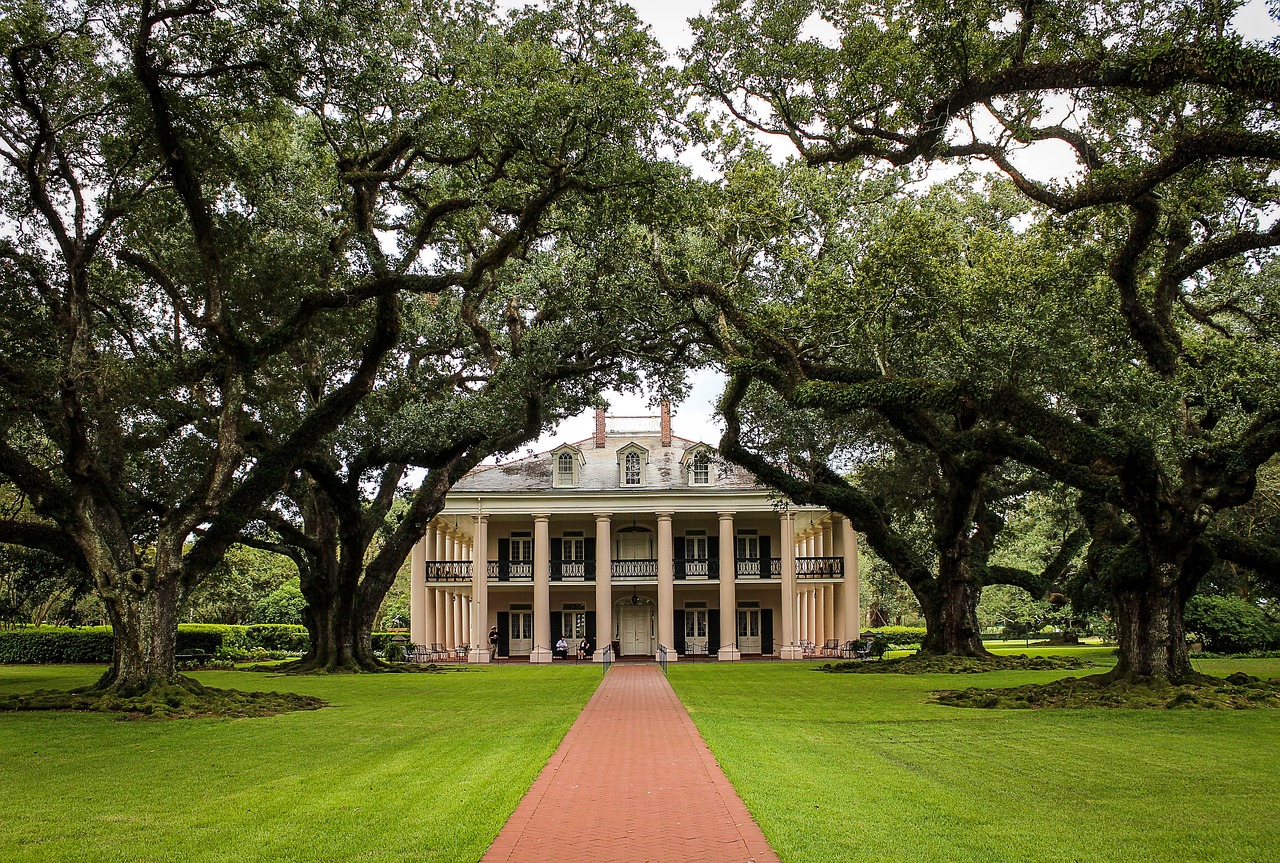
On This Day: May 26
Abraham Lincoln’s election was controversial enough to nearly tear the United States apart, but he’s widely beloved today. His successor, however, thrust into power upon Lincoln’s assassination days after the Civil War ended, became one of the country’s most hated presidents, the first of only three ever to be impeached. Kentucky-native Andrew Johnson, the one Southern senator who had remained loyal, tried to stick with Lincoln’s postwar strategy of leniency in order to promote healing, but Congress wanted vengeance. They undermined everything he did, limiting his power with laws later deemed unconstitutional, and then trying to remove him from office for ignoring these. He was acquitted on May 26, 1868, when the opposition fell short by one vote.

On This Day: May 27
As philosopher George Santayana wrote, “Those who cannot remember the past are condemned to repeat it.” Much is said about the innumerable atrocities Americans have committed against indigenous peoples and black slaves, but it’s also important to recognize the suffering of other minority groups. Chinese immigrants were especially hated in the Wild West. One example of many hate crimes occurred on May 27, 1887, in Washington Territory. A gang of seven horse thieves ambushed Chinese gold miners and shot until they ran out of ammunition, mutilating many of the bodies before throwing them in a river. Thirty-four men died, yet all of those who stood trial for the attack were found innocent by the all-white jury and walked away scot-free.
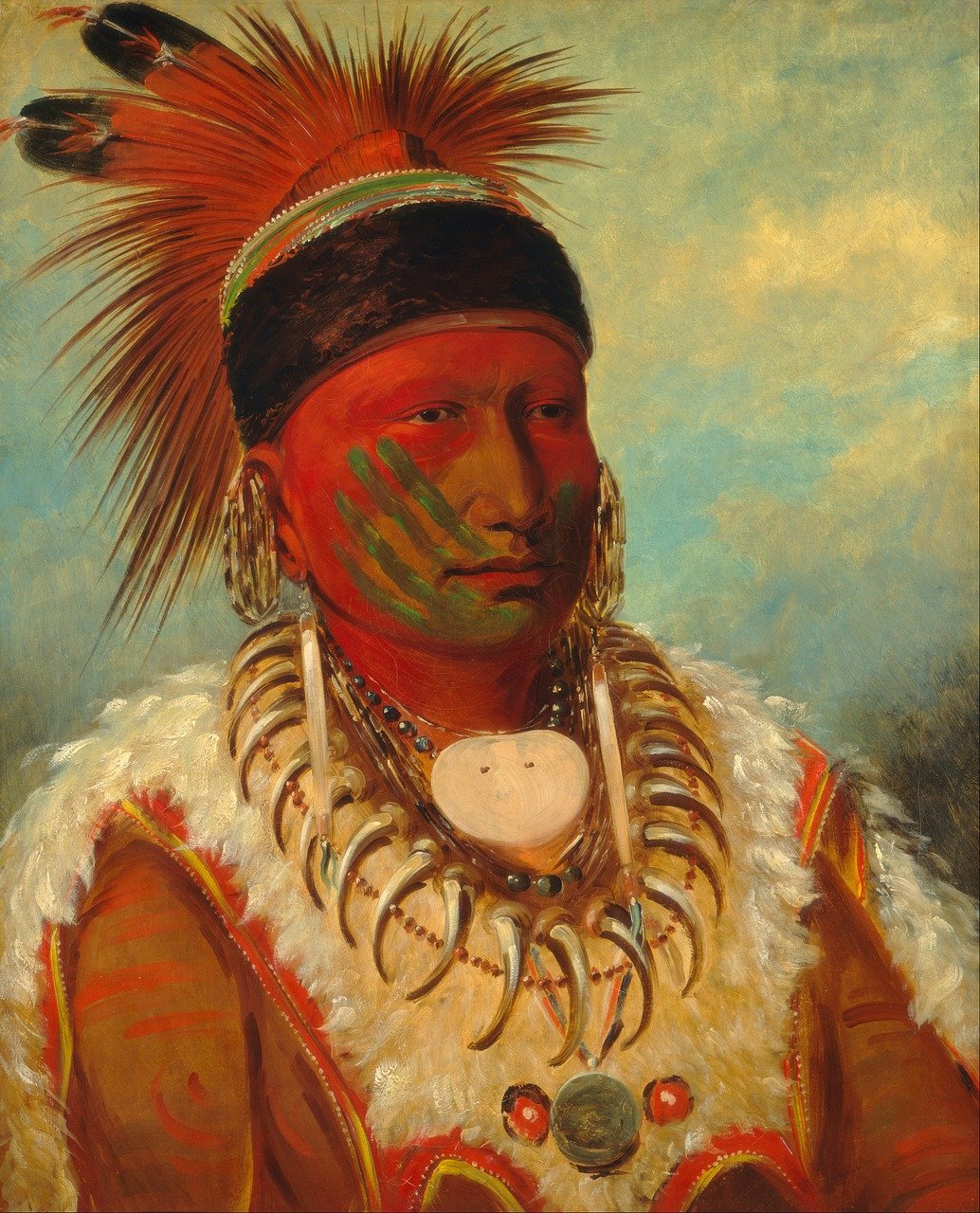
On This Day: May 28
Without the French and Indian War, there would have been no Revolutionary War, General Washington, or United States of America. It all began on May 28, 1754, when a French reconnaissance party was ambushed in Pennsylvania by none other than George Washington and his British militia. Fighting here spilled into Europe’s Seven Years’ War in 1756, history’s first real world war. In the end, Great Britain emerged triumphant, but deeply in debt, and decided to start taxing its colonies. Naturally, little appreciation was ever shown to our indigenous allies. President Andrew Jackson signed the infamous Indian Removal Act on this same day in 1830, forcing 60,000 Native Americans west from their homeland. Four thousand died along the “Trail of Tears.”
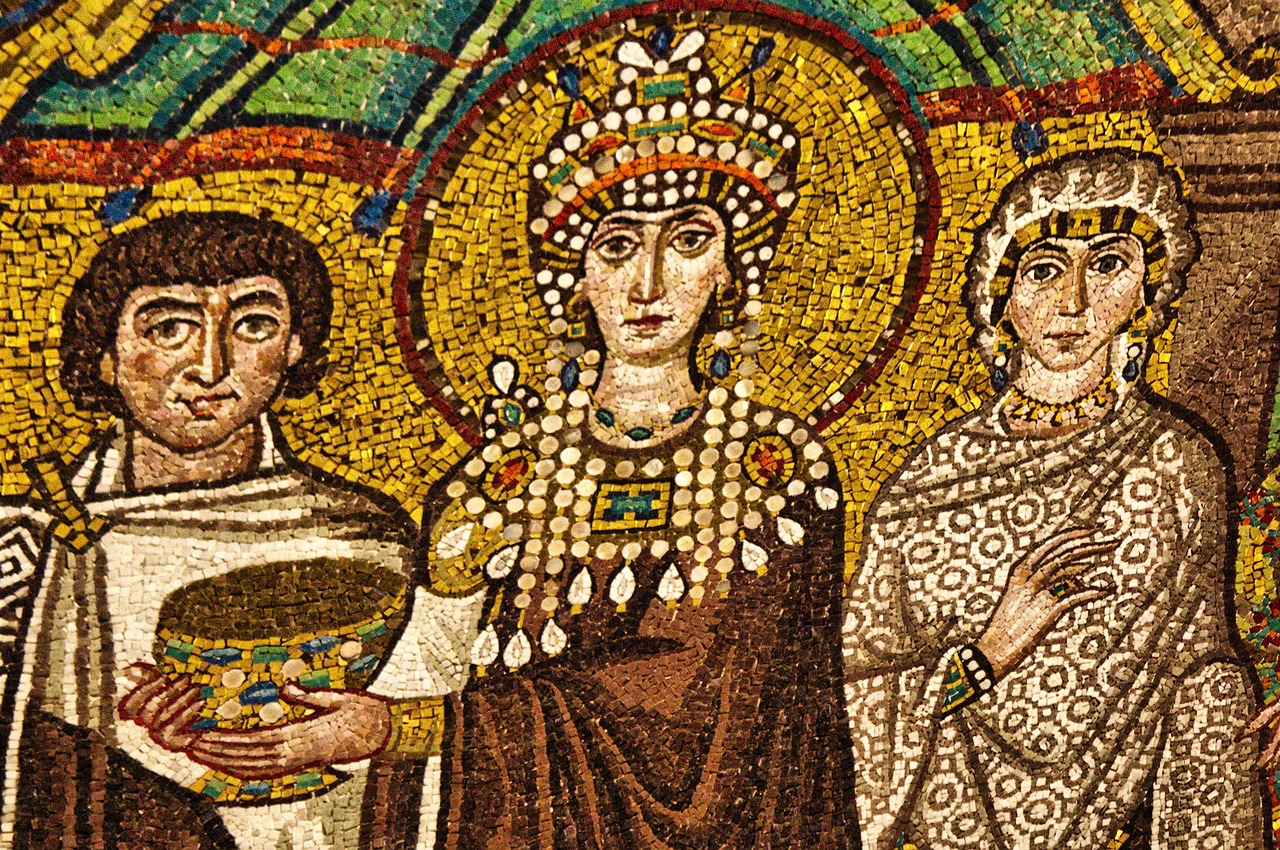
On This Day: May 29
Historians who claim the Roman Empire lasted from 625 B.C. to 476 A.D. forget that Emperor Constantine moved the capital to his new city of Constantinople in 330 A.D. Even in Italy, Ravenna and Milan grew to overshadow Rome in political authority. When the Eternal City fell to barbarians, life continued pretty much the same elsewhere, just under a new name – the Byzantine Empire – and that endured until May 29, 1453. The impregnable walls of Constantinople held off a millennium of attackers until Ottoman Sultan Mehmed II thought to bring along a canon. It was a new world, with new ways of fighting. This same day in 1539 saw the first Korean turtle ships, too, history’s oldest armored naval vessels.

On This Day: May 30
With over half a million fatalities, the Civil War remains America’s deadliest conflict. In its aftermath, local “Decoration Day” events began popping up in both the North and South to honor the dead by decorating their graves with flowers. Nationwide observation of Memorial Day began on May 30, 1868, and, after World War I, people started paying tribute to soldiers lost in all wars. This three-day weekend also doubles as the unofficial start to summer, so visit the beach, enjoy a family cookout, or watch the Indianapolis 500 car race, which also premiered this same day in 1911. Just be sure to put at least a little time aside to remember the cost of our freedom while you’re at it.

On This Day: May 31
Big Ben, the famous clock tower erected on May 31, 1859, was lucky it wasn’t in Pakistan on this same day in 1935 when a 7.7-magnitude earthquake killed forty thousand people. Exactly thirty-five years later, another 7.75-magnitude quake off the coast of Peru set off the world’s deadliest avalanche, killing seventy thousand. The most powerful earthquake ever was recorded in Chile on May 22, 1960, registering as high as 9.6, but less than 6,000 perished. A very different disaster occurred on May 31, 1921. Black man Dick Rowland was accused of rape after accidentally stepping on a white woman’s foot. Rumors spread and soon thousands gathered to burn down an entire black neighborhood and massacre hundreds in Tulsa, Oklahoma.